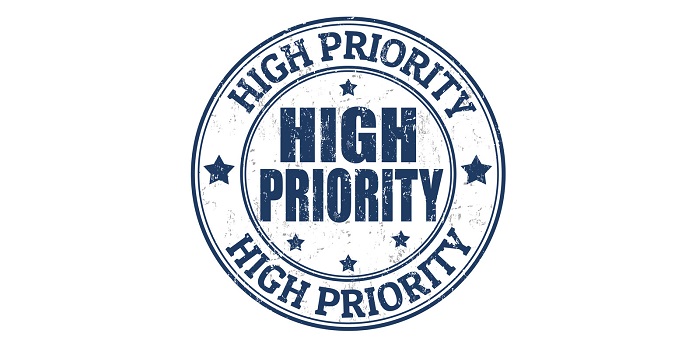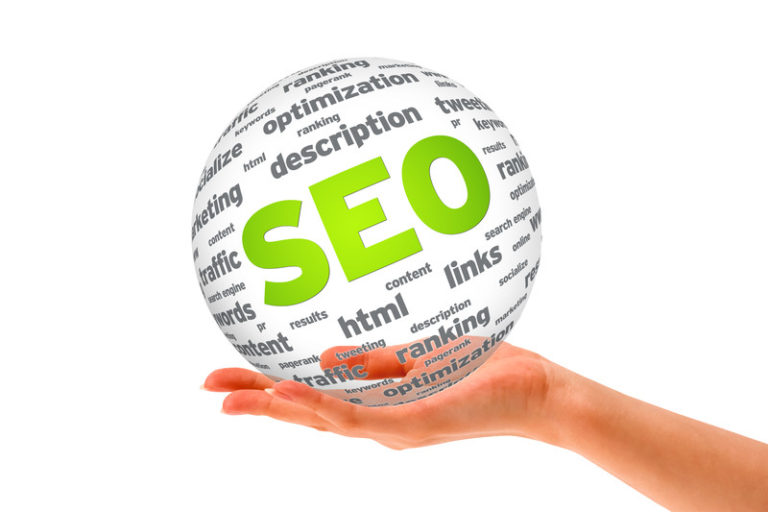Why Aren’t Visitors Converting to Customers?
Small business owners are puzzled at why conversion rates are lower today. It seems prospects are much tougher to turn into customers.
Marketing managers in the US, UK, Australia and Canada are exploring all sorts of tactics to increase sales conversions and ramp up revenues. But pop ups and aggressive squeezes actually ruin the equity they’ve built. Most don’t have the strategy or tools to determine what the issues are. A more thoughtful approach is needed where the real issues for customers are solved.
Wherever your customer’s journey begins, that where your conversion process begins too. It’s time to find out what drives sales and what could raise your sales conversion rate.
Yes, marketers are beginning to try AI marketing software to improve rates. Prescriptive analytics, real time delivery and personalization do help the cause. However, the issue really comes back to matching your brand UVP to your target audience’s profile and getting visitors engaged in that.
Is Your Unique Value Proposition the Real Problem?
We must look deeply into customer profiles and why customers will buy from us.
What is it about your service/product that makes it so indispensable and essential for them to have it right now? (Find out more via a digital marketing audit).
Just to whet your appetite for the solution, consider that customers are unique and a generalized website might not be able to respond to their unique needs. Your site might not be offering the personalized, relevant, unique value proposition each of them wants.
Success might happen when your product/service is perfectly matched to prospects. If they’re not buying, then your product isn’t relevant enough.
Time to take a hard look at your unique value proposition. Compare your UVP with the market leader. How do you stack up? Who do you think customers would prefer? Why? Customers can tell quickly whether your value proposition is competitive, high quality and relevant. Read more about building a better UVP.
No End to the Challenges for Conversion Marketers
Marketing managers often overestimate their ability to convert those lead nuggets coming in from Facebook and Google. Sometimes the incoming leads may not be highly relevant or not ready to buy. It turns out the visitor was weakly motivated, not really enabled to purchase, and is distracted, overwhelmed and stressed out.
It takes some thought and testing to determine what the situation is. It could be your source isn’t as good or it may be the visitor’s experience on your site is not what they expected or want. You have to figure this out.
Paying Big Money to Google and Facebook and Still Getting Weak Results?
The big revolution in marketing is actually about the death of marketing. Google and Facebook have ganged up to control marketplaces and change the process. They’ve converted (with Government acceptance) the marketing arena to pay per click ads and landing pages.
Right there, you might get an inkling of how that could destroy the natural, organic experience of consumers and B2B buyers. It could undermine the full thrust of their motivation, discovery and journey to satisfaction. While these pay per click programs do provide wide and fast access, they might send visitors to you in the right mood.
It’s a maddening circle where the worse conversion rates become, the more companies need to advertise. This is how Google and Facebook make billions. They’ve hijacked a natural process and substituted their own artificial process where they can carve out profit.
Where Does Lead Conversion Start?
It could start many different ways but one major one is at the Google search engine. Google’s free organic search results still provides most website visits, far surpassing Google ads, Facebook ads or Bing.
When you type in “AI marketing companies” or “SEO San Diego” for instance you get a list of websites. But which search listings do you click? It depends on your intent.
After testing your title tags, descriptions and landing page content you’ll get a better idea of what searchers are after. Keywords are just a hint about what they’re really after.
The searchers intent is revealed by:
- the search query they use
- the title heading they see in the listings
- the description and url they see in the search results
- the device they’re using to search (mobile users are usually not ready to buy B2B services right away)
- the content on your landing page
- the content they click to after reading your landing page (next page)
- the content journey they choose through your site
- time spent on page and site engagement
- hits to your about us and contact page
- inquiry texting or phone calls
- questions asked via forms or email
The visitor is looking for information that will educate them and allow them to justify what they intend to do. The intent is already there, and we have to capitalize on it and pave the path to purchase.
The fact is, this visitor may have already been to your site, likes it, but still doesn’t want to commit to a purchase. You’ve seen they have some intent, but you’re unable to create action.
Very frustrating. Some are turning to AI sales conversion tools to help, and they do help provide a more personally relevant content path and perhaps improve cues at the right time to hook the visitor and move them through to purchase.
Studies show AI marketing systems do help, but they’re not a miracle worker. What they can do is help you identify what content to create — content that does engage visitors and resolve their pain points and resistance.
7 Keys to High Converting Content
- great value proposition (unique, personalized, relevant and available)
- responds precisely to key pain points (exclusive satisfaction)
- suggests a perfect fit with their needs (low friction and the most appropriate for them)
- has a great hook that sticks and they won’t let go of (one key benefit that really drive their interest to purchase)
- builds desire by keeping the satisfaction coming (content on other pages relates back to the key UVP they’re looking for)
- a clear vision of satisfaction and success (UVP is clear, messages are clear and precise)
- clearly engages them in details of how your product/solution works for them
It All Starts at Google/Bing
Leads from Google and Bing are the best, high converting leads. There’s something about keywords that help the search engines deliver great leads to you.
What’s great about solving the Google lead puzzle is whatever you accomplish here will aid all your other lead channels (social media, Facebook ads, Bing, email, and direct/return visits).
- Describe your customer, what is they want?
- Which keyword phrases do they often use?
- What is their intent when they use Google to search for something?
- What should your search engine title heading look like
- What should you listing description look like?
- What content should your visitors land on?
- How do you capture attention and lead them to the content they really want?
- What do your page headings and subheadings say?
- What do you talk about in the first two sentences?
- Do you have relevant, customer charts and images that support your claims?
- Is your brand promise in the copy clean and concise?
- Are you making your product the focus of their quest on your site?
- Do you show and describe how your product/service solves specific important issues they’re tackling?
To create high converting content, we have to provide a path, otherwise the visitor doesn’t know what to do, or what the final destination is. Think about about a traveler going on a vacation. They need to know where they’re going.
They’re insecure, in unfamiliar terrain and they do need guidance. Look at your content as a GPS system giving them directions.
If your path to conversion is full of unknowns and uncertainty, they don’t know what to do next.
Essential: Relevant Content Converts
 Are your marketing pages relevant to visitors? Are your blogs creating transparency, and leading visitors to specific ways to use your product/service in their unique situations.
Are your marketing pages relevant to visitors? Are your blogs creating transparency, and leading visitors to specific ways to use your product/service in their unique situations.
This point about relevant content is really important. It takes generalized content to rank well in search engines, but the content that converts leads is very specific and relevant. It’s the details that makes it personally relevant to visitors and gets them mentally try out your solution even before they buy.
So it’s not just your brand or UVP but rather how prospects see the details of using it and really experience it.
And there’s another issue too, is how personally relevant and unique your competitors (i.e., the market leader) value offer is. The market leader has brainwashed them and you have to overcome that.
Here’s the thing. If you can make your your offer seem more personalized and relevant to that specific visitor, you can actually beat the market leader.
Now you can understand why AI marketing software might be the unfair advantage. It’s responding to most important facet of online marketing — sales conversion.
Looking for an SEO specialist with the ability to add value in many other dimensions such as engaging content and branding building? Contact me today.
AI Marketers provides digital marketing services (content, SEO, social media, PPC) for software companies, manufacturers, hotels, recruiters, moving companies, publishers, sports equipment retailers, building supplies companies, window and door companies, Realtors, investment companies, IT companies, clean energy, consumer products, branding consultants and many more.
AI Marketing | SEO Services | Digital Marketing Audit | SEO San Diego | AI Sales Software | AI Predictive Analytics | Boston Marketing | Marketing Los Angeles | Marketing Agencies in California | Marketing Service San Diego | Why Use AI Software? | What is AI Marketing? | Predictive Software







